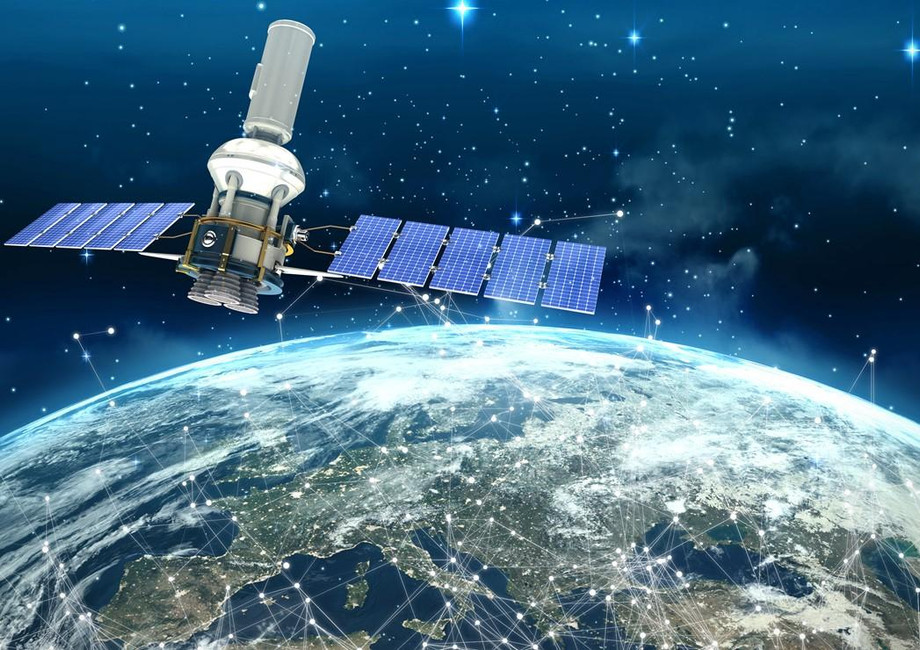The expanding Small Satellite Market is increasingly shaped by the dual acceleration of commercial and military surveillance applications. As organizations and governments seek timely, cost-effective, and geographically expansive surveillance capabilities, small satellites have emerged as the most flexible and scalable solution. With rapid advancements in imaging technology and data transmission, these satellites are not only enhancing situational awareness but also redefining how intelligence is gathered and acted upon.
Rising Demand for Real-Time Intelligence
In an era of heightened global tensions, climate variability, and rapid urban expansion, both public and private sector entities require up-to-date, high-resolution imagery. Small satellites are meeting this need by offering:
-
High-frequency image collection for consistent ground monitoring
-
Low-latency data transmission for near real-time decision-making
-
Agile re-tasking capabilities to focus on emerging areas of interest
For militaries, this means better reconnaissance and threat assessment. For commercial operators, it enables ongoing monitoring of agricultural lands, industrial facilities, and logistics operations.
Military Surveillance: Strategic and Tactical Benefits
Defense departments across the globe are investing heavily in small satellite constellations to support reconnaissance, tracking, and communication missions. Compared to traditional large satellites, small satellites offer:
-
Lower visibility and faster deployment: ideal for urgent or covert operations
-
Redundancy through satellite swarms: enhances resilience in hostile environments
-
Support for UAVs and ground forces: enabling real-time coordination in the field
The U.S. Space Development Agency, China’s Yaogan constellation, and India’s Defense Space Agency are among those deploying or planning extensive small satellite networks.
Commercial Surveillance: A New Era of Earth Observation
Commercial entities are leveraging small satellites to create data products and analytical services that support a variety of industries. Key areas of application include:
-
Energy and infrastructure: Monitoring pipelines, solar fields, and construction projects
-
Insurance and risk assessment: Verifying claims post-disasters using before-and-after imagery
-
Agribusiness: Tracking seasonal crop conditions and managing irrigation schedules
-
Maritime surveillance: Identifying illegal fishing, monitoring shipping lanes, and ensuring coastal security
Leading firms such as Planet Labs, Satellogic, and BlackSky are operating dozens of small satellites for high-frequency imaging, changing the traditional Earth observation model from monthly to daily—or even hourly—updates.
Benefits of Constellation-Based Architecture
Small satellites often operate in constellations, where dozens or hundreds of satellites work together to provide persistent global coverage. This architecture offers multiple advantages:
-
Increased revisit times for high-priority regions
-
Failover redundancy in case of satellite malfunction
-
Scalability to match growing user demand
In both commercial and defense contexts, these networks enable more continuous and comprehensive surveillance than large, singular satellites ever could.
Technology Enhancements Driving Surveillance Capability
Recent innovations have amplified the performance of surveillance-focused small satellites:
-
Synthetic Aperture Radar (SAR): Enables imaging through clouds and at night
-
Multispectral and hyperspectral sensors: Deliver detailed data beyond visible light
-
Edge computing: Allows for onboard data processing to reduce transmission load
-
Secure communications: Enhances the integrity and privacy of transmitted data
Such advancements make small satellites not only more capable but also more autonomous and secure—key requirements for sensitive surveillance missions.
Challenges and Regulatory Considerations
Despite the benefits, surveillance from small satellites raises challenges and ethical considerations:
-
Privacy concerns regarding high-resolution imaging over populated areas
-
Spectrum congestion due to increased satellite activity in similar frequency bands
-
Space traffic management to avoid collisions in already crowded low Earth orbit
-
Export restrictions and ITAR compliance for companies operating internationally
Balancing innovation with responsible governance will be vital to sustaining the growth of surveillance applications in the Small Satellite Market.
Investment and Future Prospects
Venture capital is flowing into surveillance-focused satellite startups, particularly those offering analytics platforms in tandem with hardware. Governments are also investing in public-private partnerships to expand national surveillance capabilities without bearing the full cost.
Looking ahead, the combination of small satellite flexibility, imaging precision, and AI analytics will likely birth even more sophisticated surveillance services—real-time change detection, autonomous object tracking, and predictive threat modeling among them.
Conclusion: Looking Toward Global Communication and Navigation
As surveillance applications continue to grow across both commercial and military domains, the next logical expansion of the Small Satellite Market is into telecommunications and navigation services. The upcoming article will explore how satellite constellations are transforming connectivity and location-based services worldwide.

